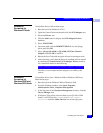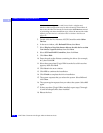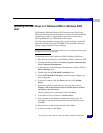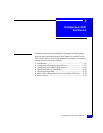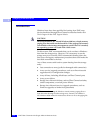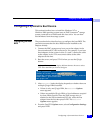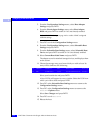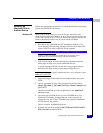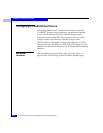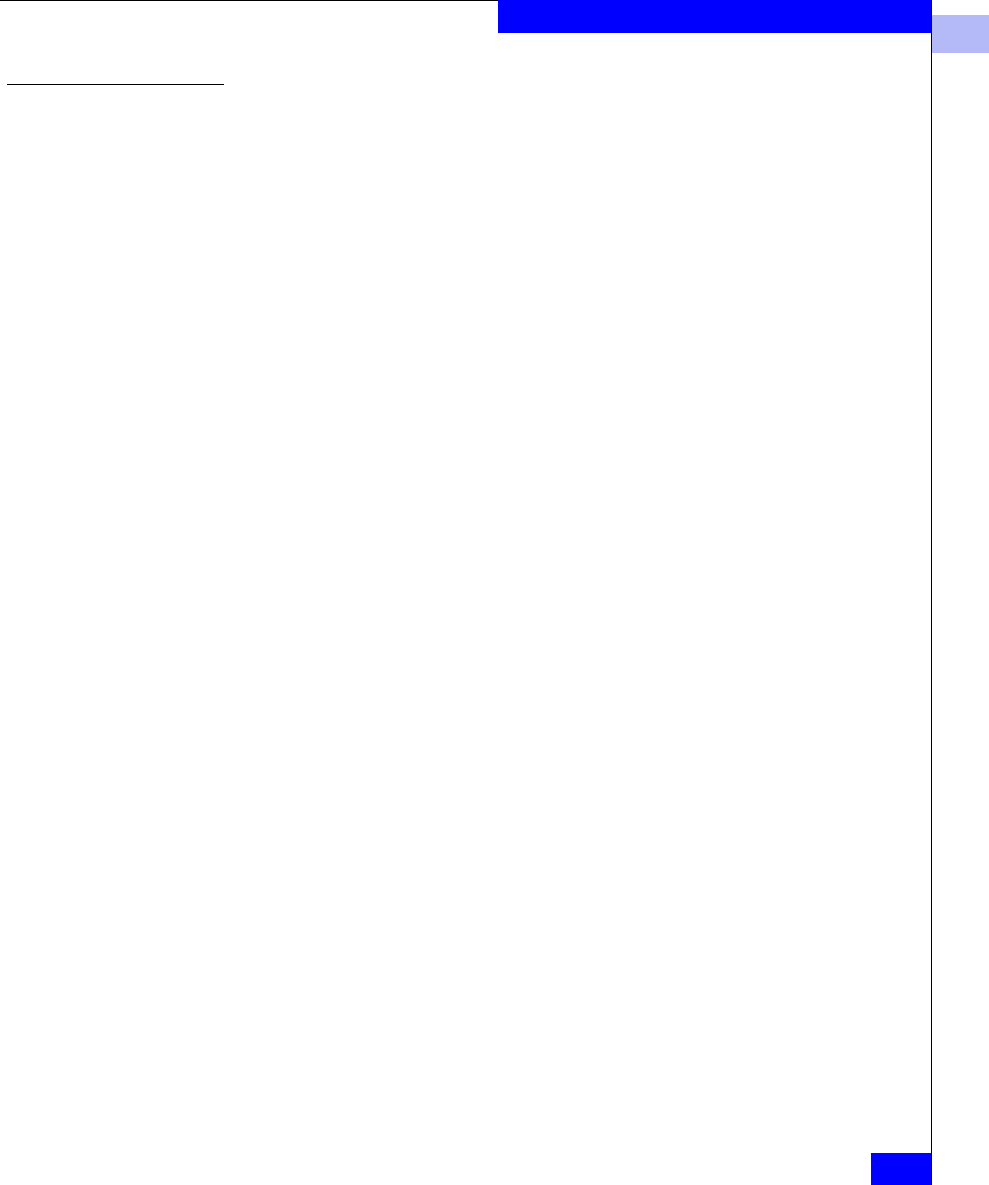
3
Introduction
3-3
Configuring an EMC Boot Device
How to Determine
I/O Latency and
Load on the Boot
LUN
The current restrictions for boot-from-array configurations (listed in
the EMC Support Matrix) represent the maximum configuration that
is allowed using typical configurations. There are cases where your
applications, host, array, or SAN may already be utilized to a point
when these maximum values may not be achieved. Under these
conditions, you may wish to reduce the configuration from the
maximums listed in the EMC Support Matri, for improved
performance and functionality.
Here are some general measurements than can be used to determine
if your environment may not support the maximum allowed
boot-from-array configurations:
◆ Using the Windows Performance Monitor, capture and analyze
the Physical Disk and Paging File counters for your boot LUN. (For
Windows NT 4.0, you might have to enable disk performance
counters manually; refer to Microsoft support for the description
and use of the Windows Performance Monitor.) If response time
(sec/operation), or disk queue depth seem to be increasing over
time, you should review any additional loading that may be
affecting the boot LUN performance (HBA/SAN saturation,
failovers, ISL usage, etc.).
◆ Use available Array Performance Management tools to determine
that the array configuration, LUN configuration and access is
configured optimally for each host.
Possible ways to reduce the load on the boot LUN include:
◆ Move application data away from the boot LUN.
◆ Reduce the number of LUNs bound to the same physical disks.
◆ Select an improved performance RAID type.
◆ Contact your EMC support representative for additional
information.



